Before I start cutting fabric...
2ajsmama
14 years ago
Related Stories
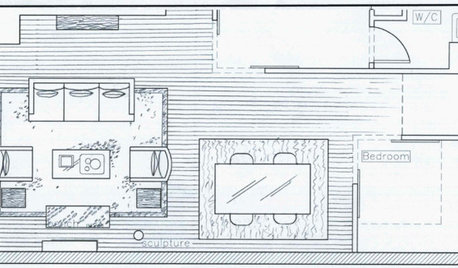
DECORATING GUIDES9 Planning Musts Before You Start a Makeover
Don’t buy even a single chair without measuring and mapping, and you’ll be sitting pretty when your new room is done
Full Story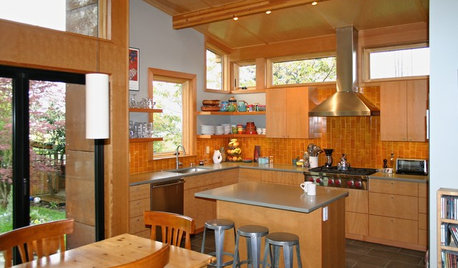
CONTRACTOR TIPS10 Things to Discuss With Your Contractor Before Work Starts
Have a meeting a week before hammers and shovels fly to make sure everyone’s on the same page
Full Story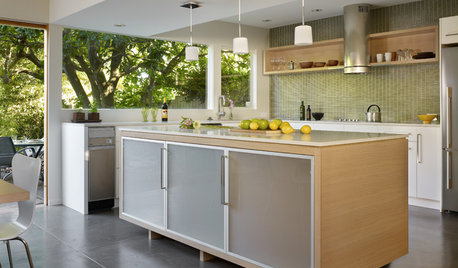
REMODELING GUIDESWhat to Consider Before Starting Construction
Reduce building hassles by learning how to vet general contractors and compare bids
Full Story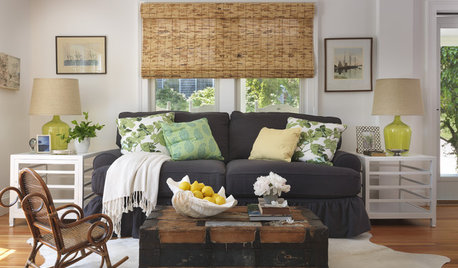
DECORATING GUIDESHow to Decorate When You're Starting Out or Starting Over
No need to feel overwhelmed. Our step-by-step decorating guide can help you put together a home look you'll love
Full Story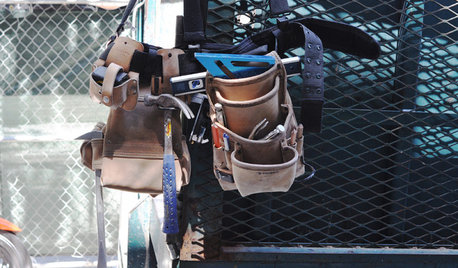
MOST POPULAR10 Things to Ask Your Contractor Before You Start Your Project
Ask these questions before signing with a contractor for better communication and fewer surprises along the way
Full Story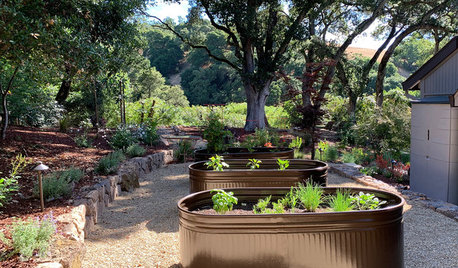
FARM YOUR YARD6 Things to Know Before You Start Growing Your Own Food
It takes time and practice, but growing edibles in the suburbs or city is possible with smart prep and patience
Full Story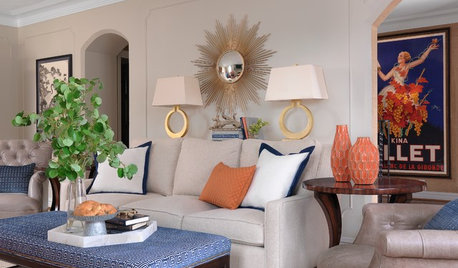
LIVING ROOMSRoom of the Day: Vintage Posters Jump-Start a Happy Room Redesign
A bright and cheerful living room has this family feeling joyful again. See the before-and-afters
Full Story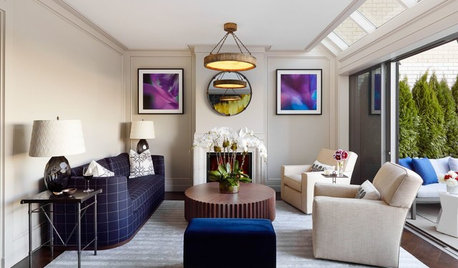
DECORATING GUIDESDecorating 101: How to Start a Decorating Project
Before you grab that first paint chip, figure out your needs, your decorating style and what to get rid of
Full Story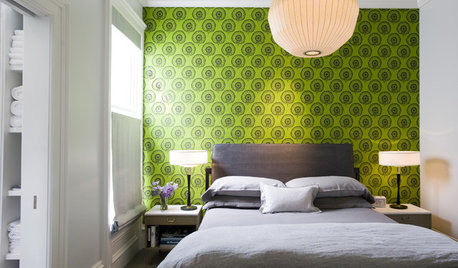
GREAT HOME PROJECTSConsidering Wallpaper? Here's How to Get Started
New project for a new year: Give your room a whole new look with the color, pattern and texture of a wall covering
Full Story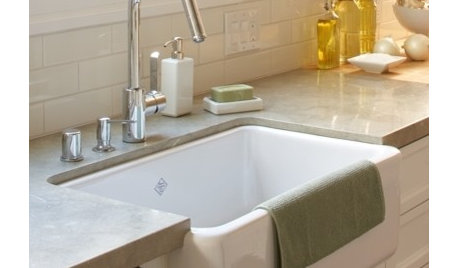
CONTRACTOR TIPSContractor Tips: Countertop Installation from Start to Finish
From counter templates to ongoing care, a professional contractor shares what you need to know
Full StorySponsored
Industry Leading Interior Designers & Decorators in Franklin County


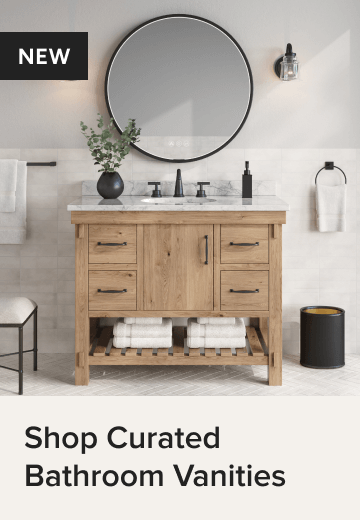
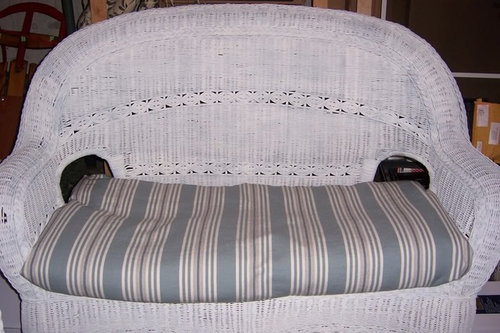
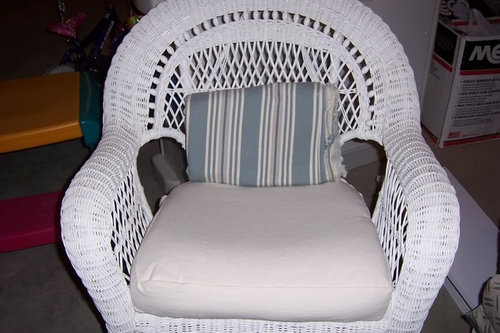
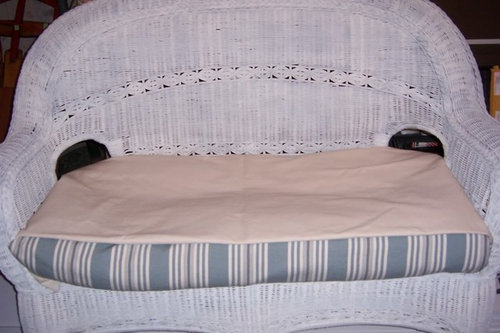
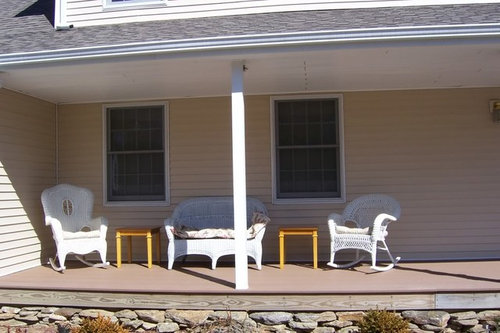
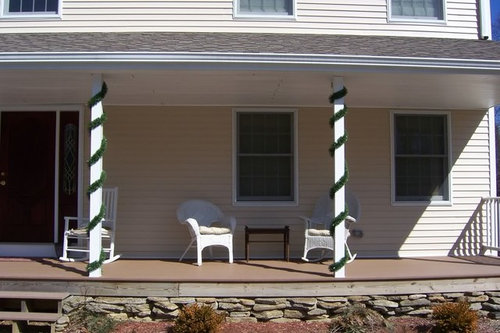
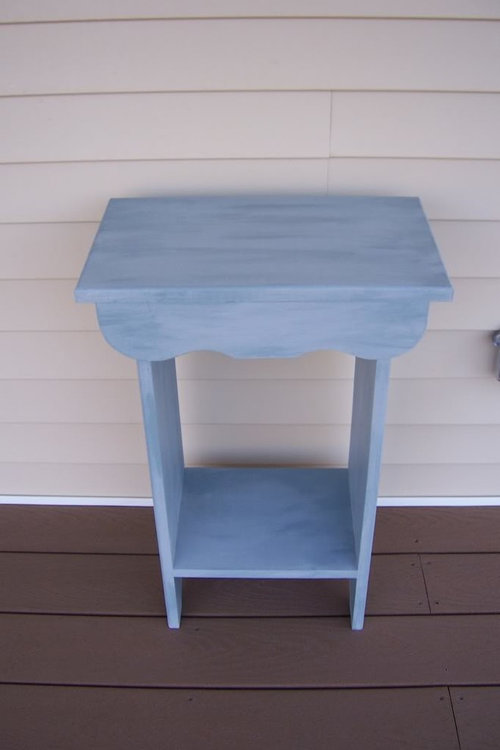
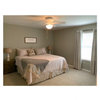
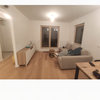

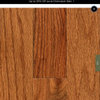
bronwynsmom
2ajsmamaOriginal Author
Related Discussions
Butterfly Bush Stem Cuttings, where do I start? (lots of pics)
Q
I better start posting before they start roasting
Q
Researching before I get started...Need advise please~
Q
Before I start...Want to get it right
Q
bronwynsmom
2ajsmamaOriginal Author
ruthy1
cheri127
2ajsmamaOriginal Author
bronwynsmom
2ajsmamaOriginal Author
dekeoboe
2ajsmamaOriginal Author
dekeoboe
2ajsmamaOriginal Author
dekeoboe
2ajsmamaOriginal Author
dekeoboe
dekeoboe
dekeoboe
seasandsand
2ajsmamaOriginal Author
2ajsmamaOriginal Author
bronwynsmom
2ajsmamaOriginal Author
sheesh
sheesh
2ajsmamaOriginal Author
2ajsmamaOriginal Author
2ajsmamaOriginal Author
bronwynsmom
2ajsmamaOriginal Author
sheesh
2ajsmamaOriginal Author
sheesh
2ajsmamaOriginal Author
2ajsmamaOriginal Author
dekeoboe
2ajsmamaOriginal Author